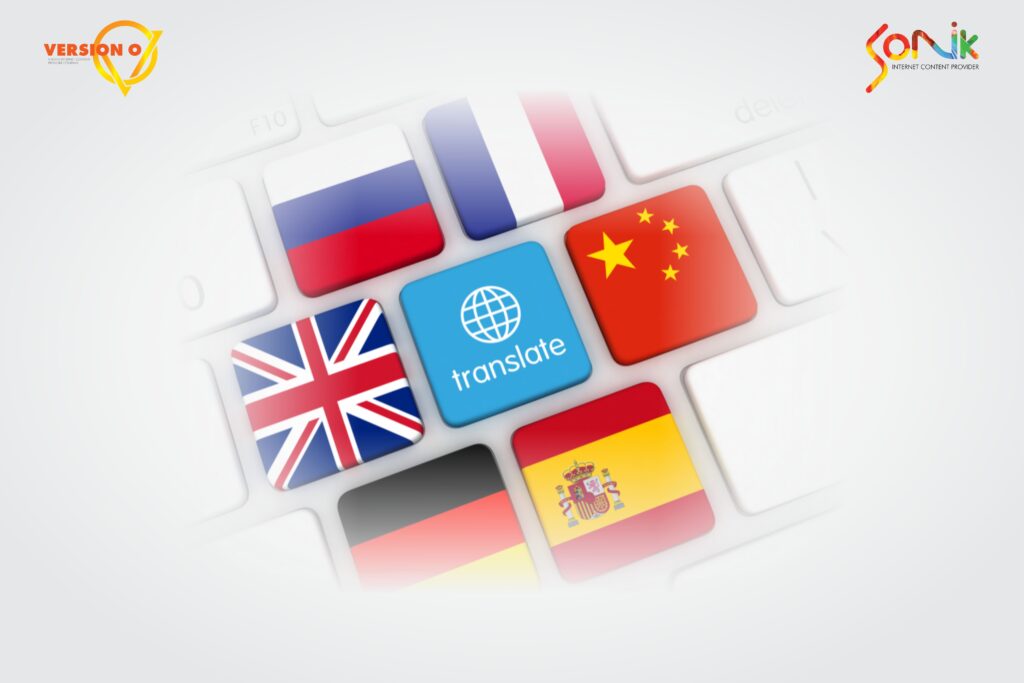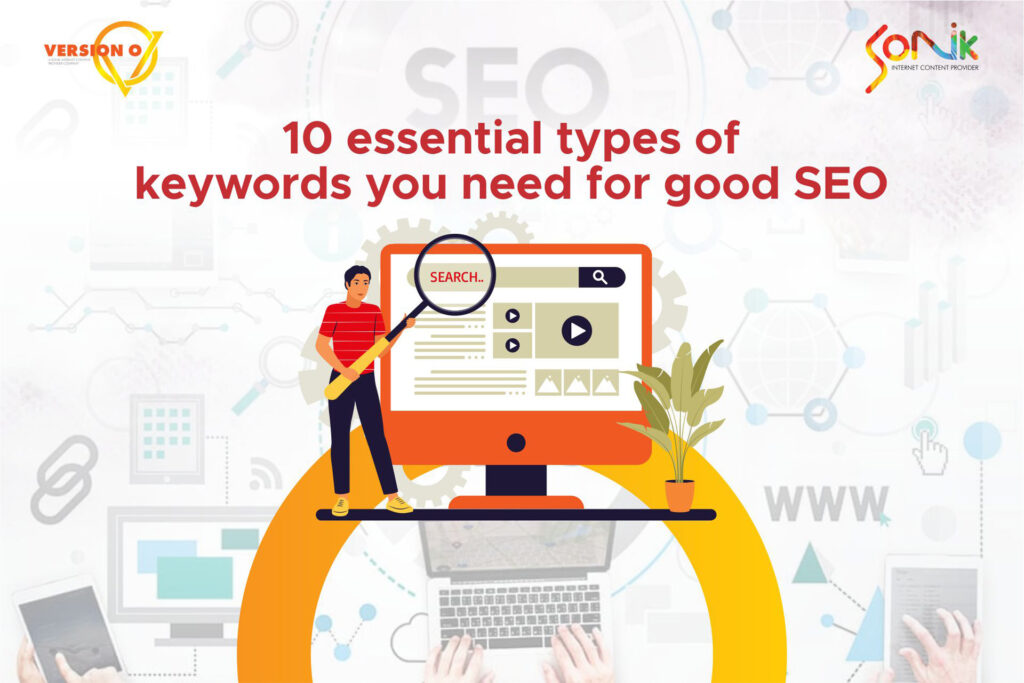We live in an increasingly connected world. Businesses of all stripes and sizes are expanding their reach to new and global markets every day. This means they will need to alter their communication to speak to new audiences in a language they understand and prefer: enter the power of translation.
You may not plan to open an office abroad, but you may see potential in targeting audiences from different countries. Each country’s population has entirely different experiences, views, and reactions. Proverbs are different, as are popular vernacular phrases and slogans. Cultural practices are different.
Studies show that even though people may be proficient in English – the closest thing to a global language we have, at least for marketing purposes – 65% still prefer content in their mother tongue.1
This is precisely why optimising your content to cater to cultural differences while simultaneously maintaining the core of your brand message and its context is crucial.
We understand that this can be a challenge: which is where something called localization or localised translation comes in.
What is localised translation?
Localisation or localised translation refers to not just converting content from one language to another verbatim. Instead, it is a way of saying the original sentence or phrase in a way that someone from that specific country would say it. This may require changing the entire sentence or parts of it to make it more ‘local’ – and there are enough examples from the past to show us where not doing this causes massive issues.
When localising content, sometimes it is necessary to change metaphors, phrases or words to maintain the context. Differences in units of measurement, time formats, dialects, idioms, and cultural preferences are examples of things to take into consideration when localising content.
So, localisation is a part of the process of adapting your product marketing to suit target audiences in a different country. In involves localising your approach and changing aspects of your campaign, product, or content presentation to accommodate cultural nuances.
Why should you use localised translation?
In short, localisation or localised translation helps you offer the same brand persona, messaging and experience, only more tailored and customised for the target audience.
Businesses and companies that want to expand to other countries which speak other languages or have different cultures can use localised translation to make sure the full content as well as context they have to offer are carried over.
In some cases, you may need to consider localising your approach even in countries that speak the same language to account for the difference in social and cultural views and experiences. For example, we see this a lot in the MENA region, where a lot of countries have Arabic as a common language, but the dialect spoken in one country may not work for another. So, marketing a campaign in the UAE versus, say, Saudi Arabia, is different because of cultural nuances.
What are the advantages of localisation?
Localising your content strengthens the connection a consumer may feel towards your company. Using idioms, language, and references they are familiar with helps consumers engage and relate with your content better. It also creates a feeling of trust, and will improve the public’s perception of your company, brand and products.
Conversely, using unusual language or metaphors can make your content seem weak, distant from the consumer, and impersonal, like it was made for someone else. All this can make the consumer less likely to identify with your company, and more likely to skip past it and feel no connection to what you have to offer.
Not localising content can hurt you
Public perception has a huge effect on international business. Failing to customise your content to your target audience can lead to huge losses. Many brands did not recognise the importance of catering to different markets. Underestimating cultural differences has caused many otherwise successful products and projects to fail or achieve far below their potential.
This is why localising content is critical within many industries and is definitely a crucial part of any expansion strategy or global marketing campaign.
It is not possible for any one person to be aware of how people from every other culture behave. This is why you need go with a trusted localisation partner who can help you. This is also another reason why machine translation doesn’t always work – the algorithm has to be programmed to translate for nuance, not just the direct words.
Localising content is not easy, and when done wrong, it can feel rough and unnatural. For examples, one only needs to look at various Arabic campaigns by international companies that don’t have a full grasp or understanding of local dialects and preferences.
These campaigns often use formal words with no colloquialisms or local references, and end up with campaigns that are noticeably stiff, impersonal, and weak to native speakers, discouraging them from engagement and purchase.
Tips for great content that works in all markets
With everything being said, there are few things to keep in mind to ensure that whatever content you come up with is easily localisable. Here are a few tips from our expert localisation team:
1. Think of the target markets when ideating your campaign itself
This is crucial – it is better to think of all the markets you’re going to be selling in before you come up with your main messaging, taglines, etc. If you’re going to be marketing in conservative countries, having more sensual messaging may not be a good idea right off the bat.
2. Think of possible mistranslations/misunderstandings
It may sound weird, but sometimes it’s very useful to think of the wrong things as well. Toyota learned this the hard way when they launched their MR2 campaign in France – they didn’t realise that the name, spoken in French, is Emm Err Deux. For non-French-speakers, that set of words when read out sounds exactly like the French for This is s**t. Oh, boy.
3. Avoid complicated idioms or metaphors that won’t translate
It may be surprising to learn that some common English phrases – home away from home, kill two birds with one stone, read between the lines – are not easily translatable. Saying them literally would just cause confusion. And when we are localising it, the translators would have to find a local phrase that has the same meaning. All of this becomes very complicated.
Pampers learned this the hard way when they launched their product in Japan – only to realise, to their horror, that there is no myth that storks deliver babies in Japan. So their entire campaign, based on the Western concept of baby-delivering storks, was a huge failure.
4. Keep jokes literal, not punny – as much as possible
This is again something that sounds weird – but it’s true. Keeping funny statements literal rather than depending on puns or sayings can be very helpful. For example, saying The yolk’s on you is a good pun and a funny statement that plays on the idiom The joke’s on you. And this may work for, say, a vegan egg product or something – but it works only because in English, the words yolk and joke rhyme. They may not – in fact, do not – rhyme in most other languages. Further, there isn’t an equivalent of The joke’s on you in many languages – so this becomes a nightmare to localise. Instead, having a joke based on cracking it wide open or using a visual pun rather than a textual one would be far easier to translate.
5. Always – ALWAYS – consult native speakers
Despite everyone’s best efforts, mistakes happen. So, it is crucial to actually check if your messaging carries through by asking a local from the chosen market to vet your product names, campaign statements and slogans. You don’t have to use professional consultants – you can ask friends and family to ask their friends and acquaintances to find you someone local from that country. But always, always, always ensure to ask the locals before you launch something. This is why we always ensure every translator onboard with us is a native speaker who specialises in both translation and localisation. That way, we’ve got our bases covered (now that’s a phrase that easily translates – what do you say?)
And there you have it! Now you have the low-down on how localised translation helps you achieve your marketing goals in different target markets!
Working on a campaign and need help with localisation? Drop us a line and we’re happy to give you a free consultation to show just what we can do!
Liked this article? Make sure to check out our website and subscribe to our blog for more tricks and tips on content, SEO, and other topics to help your business.
References:
1. CSA Research, Consumers Prefer their Own Language





